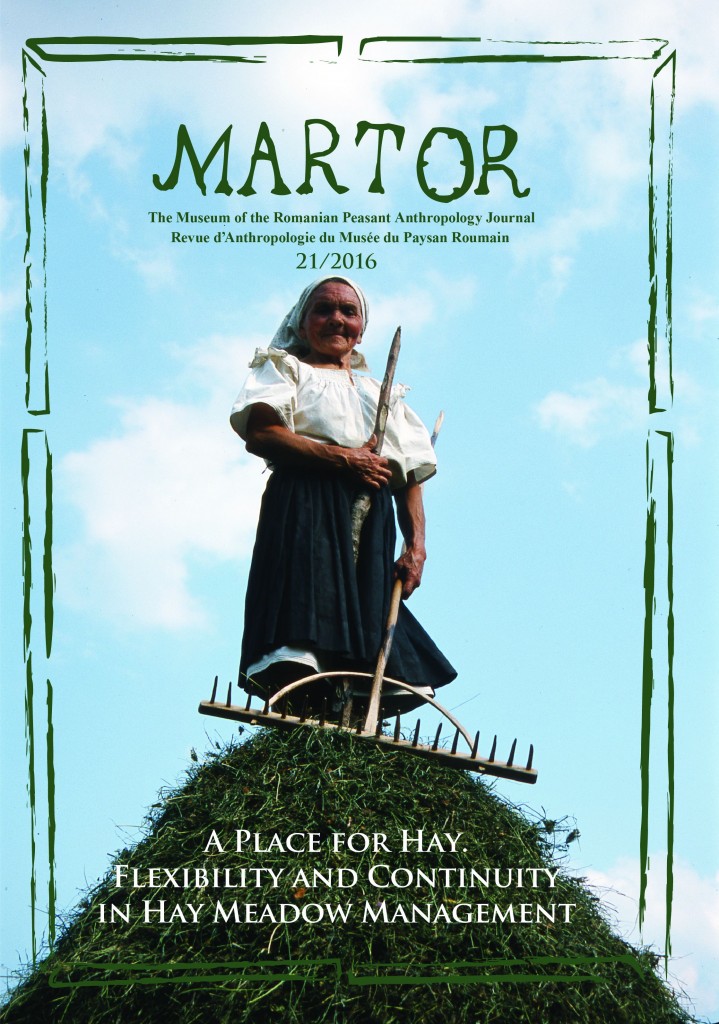Haymaking in the Eighteenth Century
Haymaking in the Eighteenth Century
Author(s): Ion BlăjanContributor(s): Kathleen Laraia Mclaughlin (Photographer)
Subject(s): Cultural history, Ethnohistory, Social history
Published by: Muzeul Ţăranului Român, Editura Martor
Keywords: Romanian Principalities; Ottoman Empire; eighteenth century; transhumance; feudality; Phanariot regime; uncultivated fields; livestock;
Summary/Abstract: Eighteenth-century historical records show that despite the large number of livestock in the Principalities, the reserves of hay prepared for their food in winter were minimal. The people rather relied on the livestock animals’ ability to find their own food in the fields when winters were not hard, on transhumance, or on the branches and shoots the people gathered from the forest and fed to the animals. There are numberless mentions in the documents issued by the royal chancelleries of haymaking day as corvée work, specifying only its temporal duration (from morning till evening), without any mention of the actual area that had to be mowed and then gathered. The hay was a valuable item; the hay price was set by royal decree in major cities including Bucharest to prevent excessive price rises. Hay storage was problematic because if left in the field, it had to be protected with fences so as not to be eaten by cattle left to find their own food; it could also be set on fire accidentally or purposefully. The Phanariot regime issued special hay regulations and procedures, especially for hay storage in the cities, to prevent fires as hay was highly flammable.
Journal: Martor. Revue d’Anthropologie du Musée du Paysan Roumain
- Issue Year: 2016
- Issue No: 21
- Page Range: 14-23
- Page Count: 10
- Language: English

